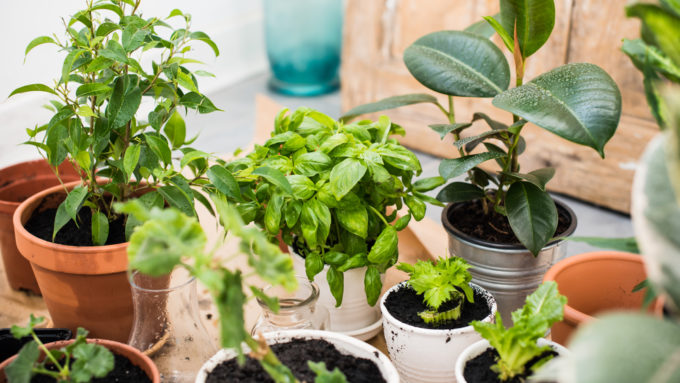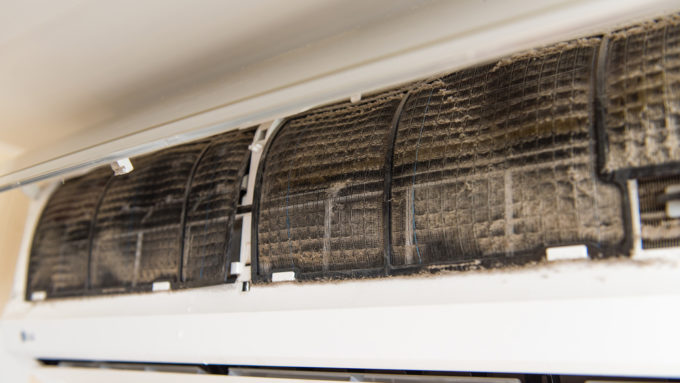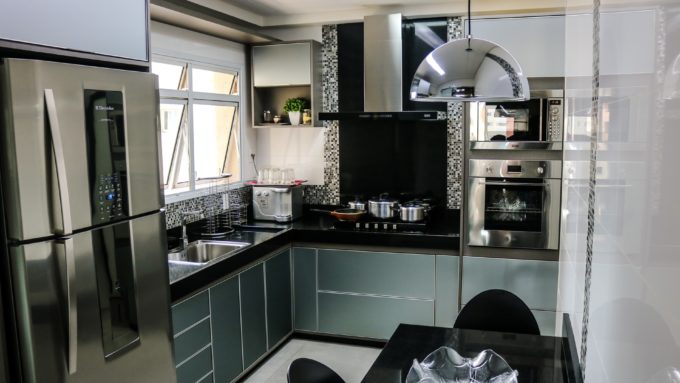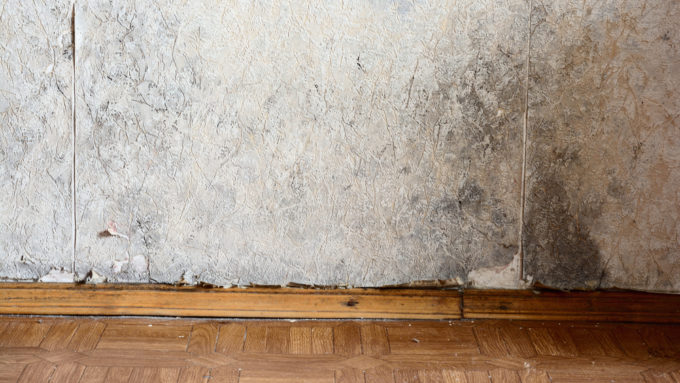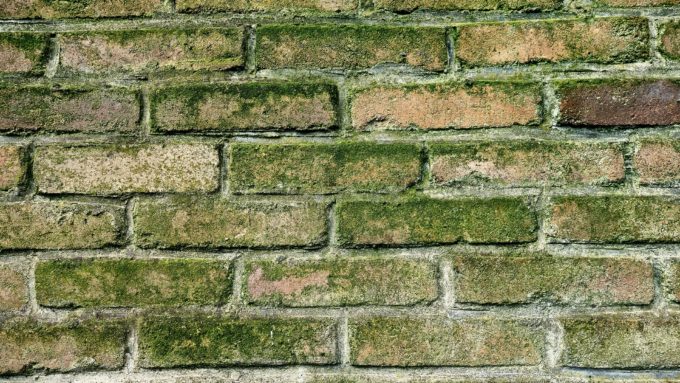If you have environmental allergies, you know that reducing exposure to any and all irritants is a key step in controlling your symptoms. Mold is also a common irritant, but there may be sources of mold in your home that you are not aware of, such as your houseplants.
Mold on Houseplants. Can Houseplants have Mold?
How houseplants grow mold
Houseplants kept at home or at work are actually a common source of mold. The plants themselves are not a problem, but the moist soil and even some containers can harbor mold. Most potted plants are kept very moist, and that moist soil is a breeding ground for mold and if the soil is ever disturbed in any way, the mold spores are released into the air.
Preventing Mold in Houseplants
Allergy doctors often advise patients who are allergic to mold to remove houseplants. However, if you just can’t live without having green plants in your home, there are some steps you can take to reduce or prevent mold in houseplants.
- First, start with sterile soil. The dirt it is planted in may already have mold in the store or plant nursery, so be sure to repot every plant with new soil, removing as much of the old dirt as you can from the root ball.
- You can always sterilize your soil by heating it in the oven if you want to be very sure it is mold-free.
- Water your plants only when they are dry; don’t overwater. Mold in houseplants usually occurs when the plant is constantly moist. Instead of watering on a daily schedule, only water your plants when they are dry to the touch.
- Making sure your plants get plenty of sunlight directly on the potted soil will help too.
- If the houseplant has good air circulation around it, mold is less likely to grow. Perhaps add a small fan near your plants to improve air flow.
- Trimming dead leaves and keeping the houseplants neat and maintained will also help.
If you address your potentially moldy houseplant and still smell mold or have symptoms of mold exposure, check your home. This post covers the most likely places to find mold, but if those don’t pan out, be mindful that any spot in the home could become a breeding ground in the presence of a leak or collection of humidity. If you find mold or suspect mold and don’t want to or can’t check the home yourself, the next step is to have a mold inspection. Call us if you discover you do have mold to remove it and repair the damage.

